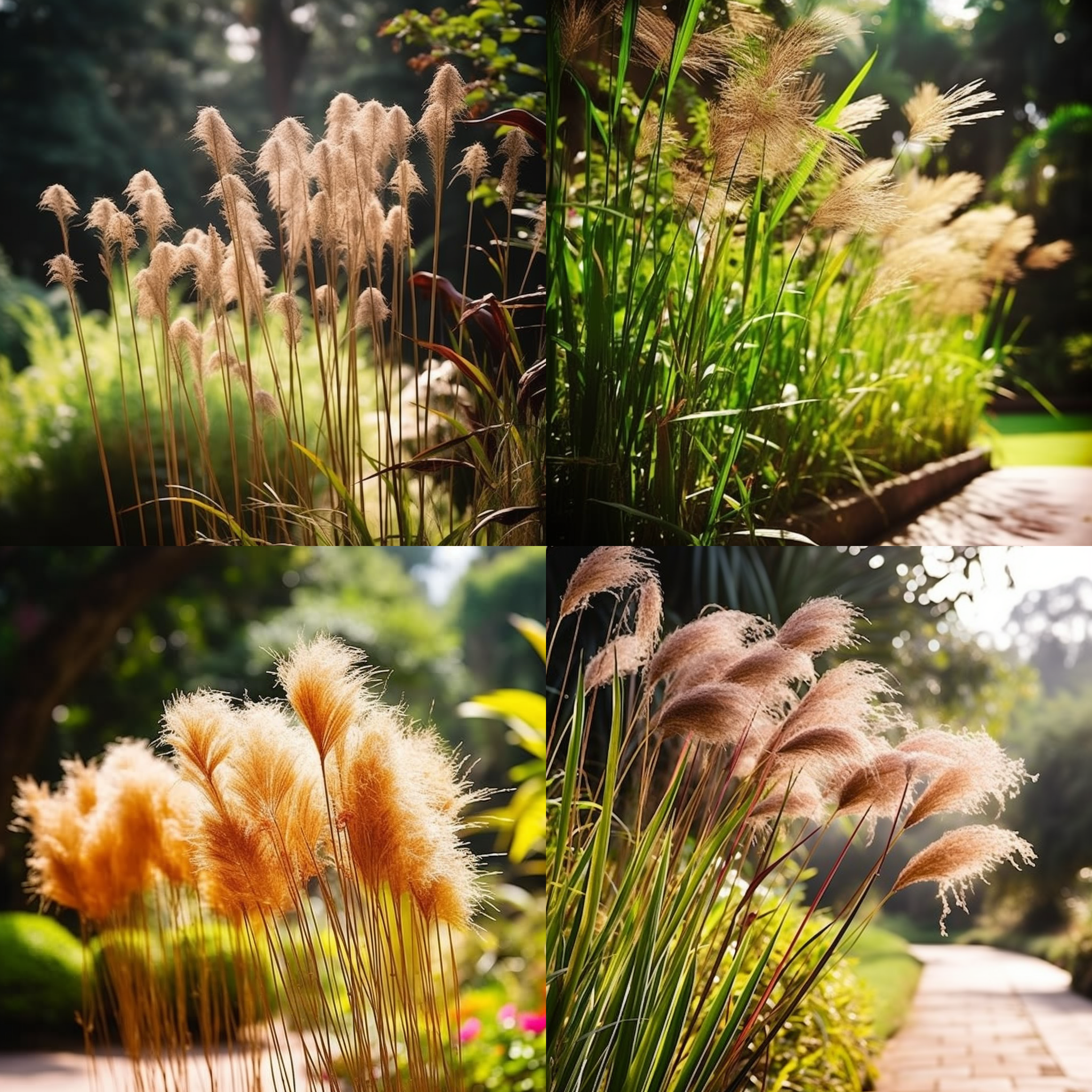Story of Day :
Contents
The Papyrus Plant: A Complete Guide and Care Tips
Gardening is a beautiful hobby that brings joy and fulfillment to many people. One plant that has gained popularity among gardening enthusiasts is the papyrus plant. Its unique aesthetic and versatility make it an excellent addition to any garden or indoor space. In this article, we will delve into everything you need to know about the papyrus plant, from its origin, growth habits, care tips, and common uses.
What Is Papyrus?

Papyrus (Cyperus Papyrus) is a perennial aquatic plant native to Africa. It grows in marshy areas along the Nile riverbanks and other wetlands in Africa. The pith of the stem was used by ancient Egyptians as paper to write on, hence its name “papyrus.”
Physical Characteristics

A fully grown papyrus can reach up to 10 feet tall with triangular stems that grow outwardly from a central base without branching out much. Atop these stems are umbrella-like clusters of long thread-like leaves that have a feather-like appearance.
Purpose and Uses of Papyrus
- Paper Production: As mentioned earlier, ancient Egyptians used papyri for writing materials due to their strong fibrous makeup.
- Crafts: Due to its unique feather-like appearance, people use thin strips of papyri in crafts like weaving baskets or creating decorative items such as wall hangings.
- Gardening: Many gardeners use dwarf varieties of the plant for decoration purposes either indoors or outdoors since they are easy on maintenance compared with other plants such as ferns or palms (which require higher humidity levels).

Caring for Your Papyrus Plant
Now that you know the basics of what papyrus is let’s go over how to take care of it.

Watering
Papyrus plants require plenty of water. Since they are aquatic plants, they grow best in standing water or soil that stays consistently moist. However, do not let the roots stay submerged for extended periods since this may lead to rotting.
Sunlight Requirements
Papyrus grows well in full sunlight or partial shade and requires at least six hours a day of direct sunlight. If grown indoors, place the plant near a window with plenty of natural light.
Fertilizing
Fertilize your papyrus plant regularly using a slow-release fertilizer such as one made for aquatic plants rich in nitrogen and potassium for optimal growth.
Pests and Diseases That Affect Papyrus Plants
- Red Spider Mites: These pests cause yellowing leaves; keep an eye on your plant and treat them immediately if you see any signs.
- Rust: This fungal disease causes reddish-brown spots on leaves; remove infected foliage promptly to avoid spreading.
In Conclusion
The papyrus plant is unique and versatile – its ability to thrive both indoors or outdoors makes it an excellent addition to any garden enthusiast’s collection. Remember, providing consistent moisture while ensuring adequate fertilization will keep your papyrus flourishing all year round! With this information about caring for your papyri combined with our tips on how to prevent common pests & diseases affecting them, nothing should hold back from enjoying these beautiful plants in all their glory!
